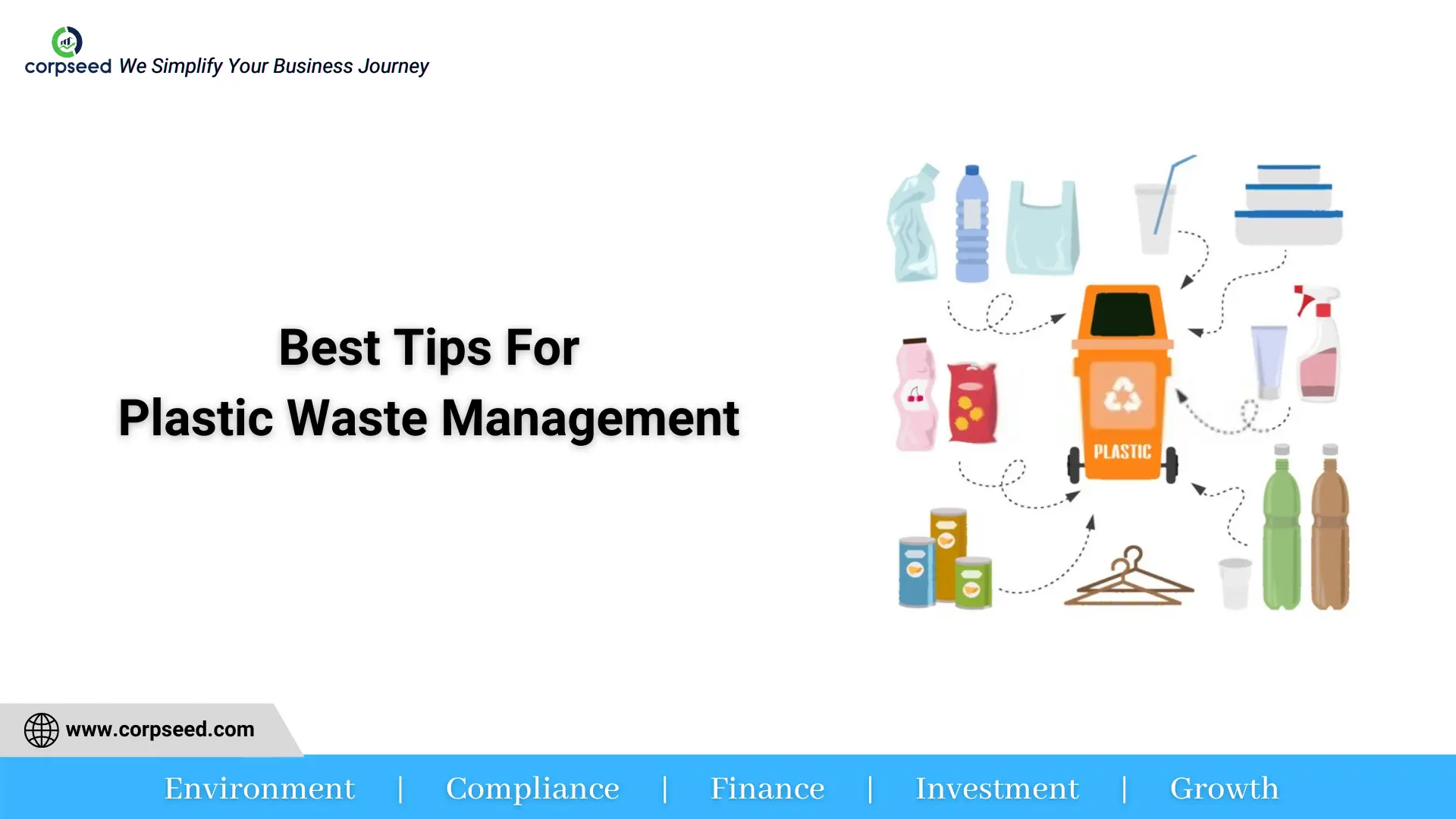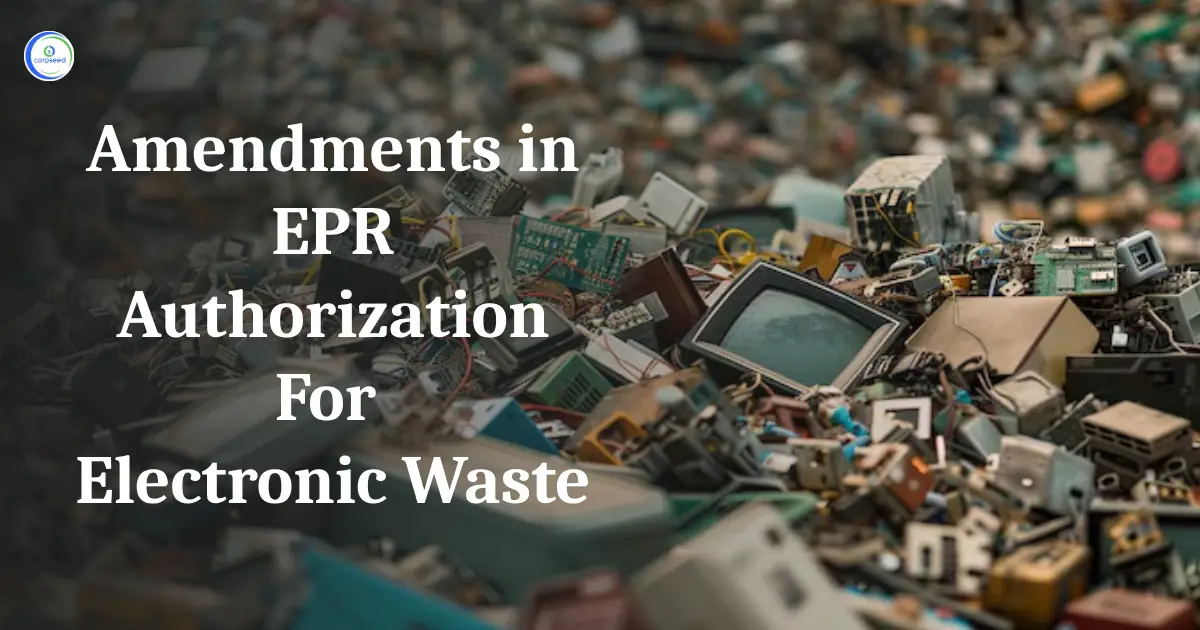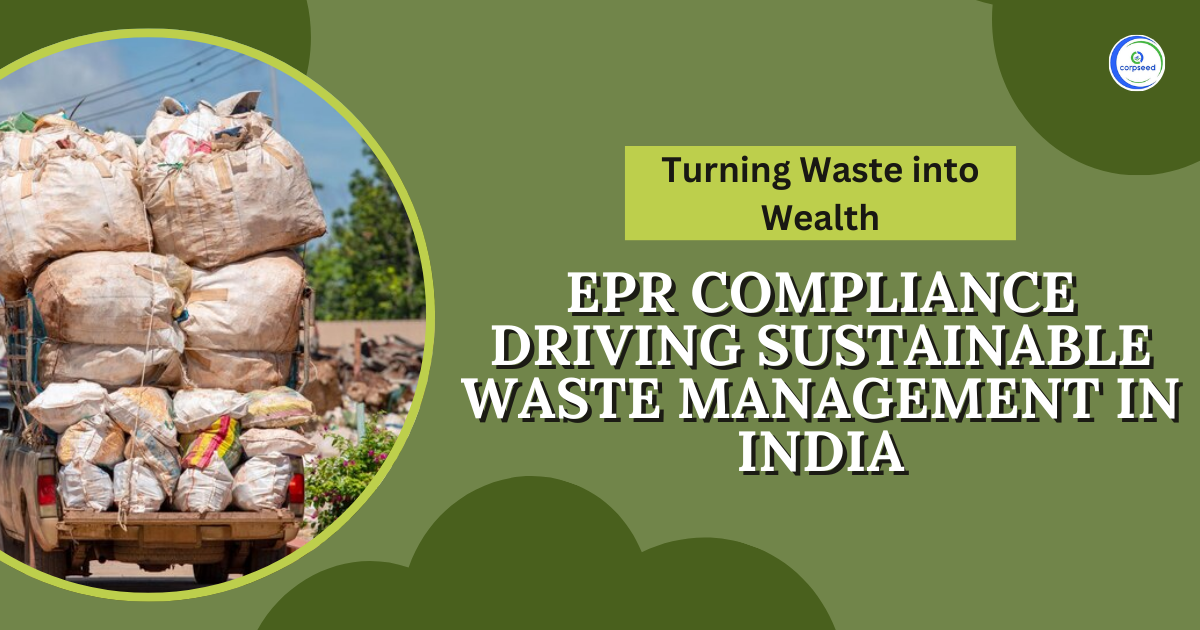Introduction: Plastic Waste Management
Plastic is a substance that has been used in daily routine but once their utility is over and they are discarded, they start polluting the environment. Sure, plastics is used for many things, makes life simpler and fascinating sometimes but it’s non-decomposable property makes it hard for the environment as some plastics take around 450 years to decompose and some may not decompose at all. Over the years, disposal of plastic waste has been one of the serious concerns for the environment as there is no proper collection and segregation system for the disposal of plastic waste. Plastic may not be inherently bad but causes serious damage to the environment by way of groundwater and soil pollution, causes pollution in oceans and cause damage to humans as burning of plastic release halogens which can cause severe health problems like cancer, endometriosis, neurological damage, endocrine disruption, birth defects etc.
Table of Contents
--------------Blog Contact Form-------------
Plastic is a question to which humans having been trying to find the answer since decades. Efficient management of plastic is necessary and realising the effects of improper waste management, government have made rules for proper management but that is not enough, people must understand the concern and help the environment. There are not any ways identified by the scientists yet which can be termed as a way to efficient disposal of plastic, this is how much serious is improper plastic waste management. Best tips for proper management of plastic ways is to Reduce, Reuse, Recycle, Recovery and Landfills.
Reduce: As it suggests, this is the most favourable option when it comes to efficient ways for plastic management. Plastic being non-biodegradable can stay in the environment for way long than expected and it order to combat with the pollution it causes, it is absolutely necessary to reduce the use of plastic. Few small steps sometime can make a big difference, discourage the use of disposal plastics, minimise buying water bottles, minimise using plastic cutlets, buy second hand item as new items carry plastics with them, support the legislation that ban single plastic use and other laws related to plastics and its waste management. Reduce is the best way to combat pollution from plastics as even recycling has not been considered as the permanent solution for plastic waste management.
Reuse: Reuse is the step between reduce and recycle. Reusing can divert plastic and takes pressure off the recycling services. Most people skip this process and go directly to recycle but they don’t understand that reusing would minimise the demand for new plastic. Reusing can be the second favourable option in order to save the environment from disastrous effects of plastic. People can use plastic produce bags for sandwiches, grocery bags, small trash plastic bags and plastics silverware etc. Any way that plastic can be used again, it must be. Without considering the harmful effects of society on reusing of plastic, we should consider the harmful effects of plastic on the environment.
Recycle: Recycling is the re-utilization of waste plastics, it have various uses other than that it leads to a reduction of the use of virgin materials and of the use of energy, thus a reduction of carbon dioxide emissions also. Recycling has a lot of benefits to the environment such as economic benefits, reduction in pollution, reduction in depletion of fossil fuels, recycling would also create employment, reduce amount of solid waste going to the landfills. Though recycling of plastic waste can be difficult as it might be hard to separate from non-plastics, recycled polymer might not be up to the standards, low value of recovered plastics, lack of infrastructure and recycling programs. But there are number of recycling techniques of the plastics that can be adopted by the municipality, namely,
- Mechanical Recycling – Mechanical recycling includes techniques for sorting and separation like (1) Air Classifier (also known as a Zig Zag Separator): it is used for Separating of light films or contaminating paper/foil, (2) A density concentration technique known as Air Tabling, (3) Ballistic separator (4) Dry and Wet Gravity Separation (or Sink Float Tank): In this technique, different types of plastics are separated based on their density, (5) Froth Flotation: this is intensive rinsing process with the addition of either fluid or steam can extract large volumes of fluid. (6) Electrostatic separation. Apart from these techniques, there are other sensor based separation technologies also available for plastic waste like Plastic color sorting and Near Infrared (NR).
- Feedstock Recycling – Under feedstock recycling, first process is de-polymerisation which is degradation of bonds to break into monomers. This process is developed for the process of degradation of plastic to lower hydrocarbons. Second process is Plastic to Fuel (Pyrolytic Conversion Technologies) which is a specially designed conversion technology to manage non-recyclable plastics, and commercial sale facilities that use pyrolysis technology to convert plastics into oil.
- Plastic to Road Construction – This is one way to recycle plastics which has been used worldwide for some years now, roads are being developed from plastic waste or of composites of plastics with other materials. Polystyrene (PS) (Hard packaging, cartons, plates, cups etc.); Polypropylene (PP) (ketchup bottles, yogurt cups etc.); Polyethylene (PE) (both high and low density) (plastic bags, water bottle, shampoo bottle etc.) are the types of plastics that are used for this process of using plastic waste in road construction. Poly Vinyl Chloride (PVC) sheets or Flux sheets should not be used for this process.
- Plastic to Toilet / Pavement Blocks – Plastic waste available in the solid waste of the particular area which can be segregated and used as a binder with the stone aggregate. Material prepared is called Plastone. It provides utility as construction of IHHL with low cost using plastones and achieving hygienic sanitation and solution for easy disposal of waste plastics. ‘Plastone block technology’ can be used for construction of Pavement blocks as well. The Plastoneis a substance made from mixture of waste plastics and stones. It is environmental friendly from conventional blocks made of cement. Each Plastone block is made from waste of nearly 300 plastic carry bags and six PET bottles. It weighs light and has high transverse strength. These blocks can be used for flooring especially outdoor, in raising compound walls and lining of canals
- Recycling of Multi-layered plastic - Multi layered packaging means any material used for packaging and having at least one layer of plastic as the main ingredients in combination with one or more layers of materials including paper, paper board, polymeric materials, metalized layers/aluminum foil, may be in the form of a laminate or co-extruded structure. Plastic Management Rules mentioned multi-layered plastic and guidelines are set by the government that prohibit manufacture of multi layered packaging without a registration from the State Pollution Control Board, Two year time to phase out manufacture and use of multi layered plastic which is non- recyclable and responsibility for collection of used multi-layered plastic sachet or pouches or packaging on the one who introduce it in the market.
- Styrofoam and Tetra Pak - Expanded Polystyrene (EPS) also known as Styrofoam is commonly used in food, insulating materials, and shipping packaging. It is cheaper to produce, lightweight, and recyclable, but most Materials Recovery Facilities do not accept it as part of the recycling program. It is impossible to degrade naturally over time, making it a big problem for landfills. There are many benefits of recycled EPS product, that it looks like wood and can be used for park benches and fence posts; The material costs less than hardwood and can be used instead of woods. In making of polystyrene, petroleum is required, which is a non-renewable resource. So, recycling polystyrene reduces the amount of oil needed for the manufacturing process; Recycled EPS would lead to reduction of litter both on land and in the sea; Recycling consumer polystyrene is beneficial as it would prevent the material from being burned in fire.
Recovery: Another alternative is recovering the energy stored in residual material. That means turning waste into fuel for manufacturing processes or equipment designed to produce energy. It can be done by various mechanical, biological and caloric systems and technologies having the ability to convert, reprocess or break up wastes into new materials or energy.
These ways can help prevent the environment from self-destruction humans bring upon themselves by using plastics in their life. What has been done is done but for a brighter future, we must stay calm on plastics and look for its alternative wherever possible.
This portion of the site is for informational purposes only. The content is not legal advice. The statements and opinions are the expression of author, not corpseed, and have not been evaluated by corpseed for accuracy, completeness, or changes in the law.
BOOK A FREE CONSULTATION
Get help from an experienced legal adviser. Schedule your consultation at a time that works for you and it's absolutely FREE.





.webp)



